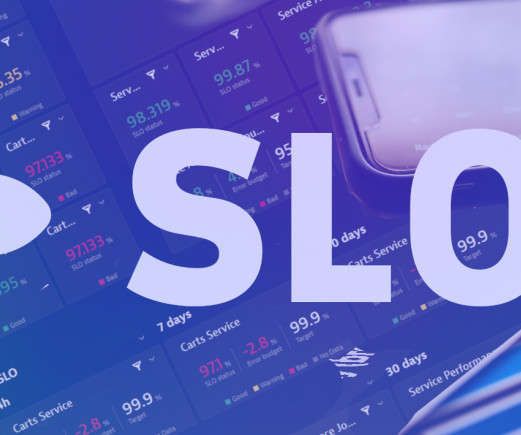Site reliability done right: 5 SRE best practices that deliver on business objectives
Dynatrace
MAY 31, 2023
At the lowest level, SLIs provide a view of service availability, latency, performance, and capacity across systems. It detects regressions and deviations from previously observed behavior across metrics such as latency, traffic, error rates, saturation, security coverage, vulnerability risk levels, and memory consumption.











Let's personalize your content